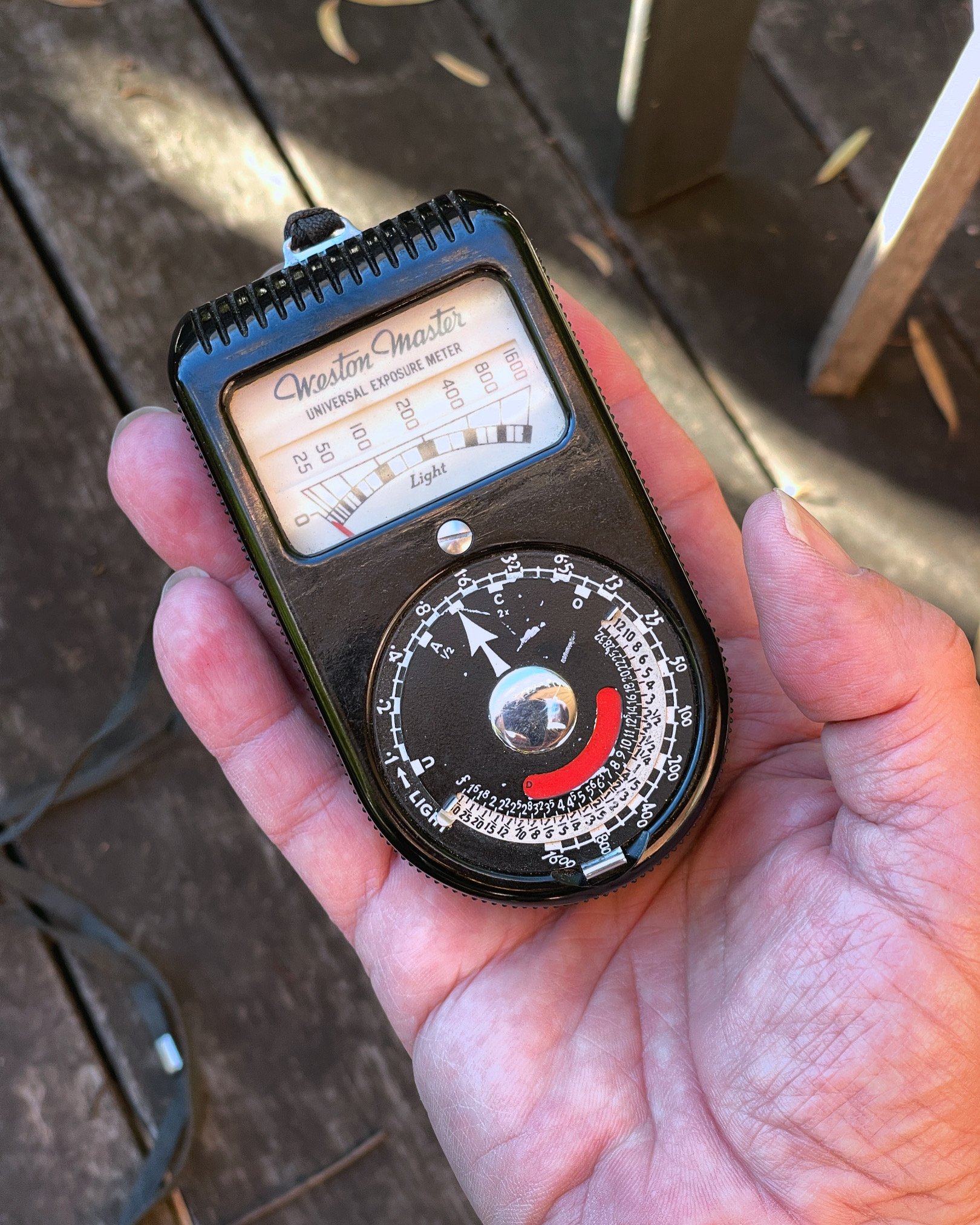Purpose of Light Meters:
Light meters measure the intensity of light in a scene. They help photographers determine the optimal exposure settings (ISO, aperture, and shutter speed) for a given lighting condition.
By providing accurate exposure readings, light meters ensure that your images have balanced tones and details.
How Light Meters Work:
When you point your camera at a scene, the light meter reads the available light and suggests exposure settings.
It calculates the right combination of ISO (sensitivity), aperture (depth of field), and shutter speed (motion blur) to achieve a well-exposed image.
Challenges with Contrasty Light:
In high-contrast situations (e.g., bright highlights and deep shadows), relying solely on the light meter may not yield the best results.
When faced with extreme contrast, consider using techniques like bracketing (capturing multiple shots at different exposures) or manual adjustments to fine-tune settings.
Adaptability and Creativity:
While light meters provide a solid starting point, artistic choices often require deviation from the metered settings.
Experienced photographers may intentionally underexpose or overexpose for creative effects or to emphasise certain elements.
Remember, photography is both technical and artistic. Light meters serve as valuable tools, but your creative vision ultimately guides the final result! 🌟📷 If you have any more questions, feel free to ask!

